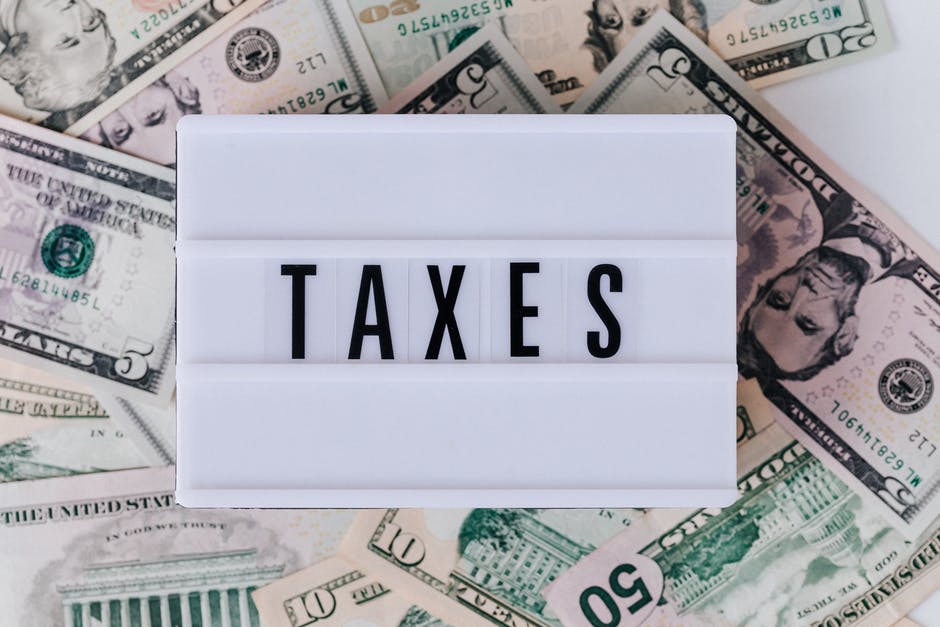You work hard and still have that worry nagging at you – taxes. In today’s complex world, tax deferral can greatly reduce those worries and save money.
Though the mechanics might seem complex, tax deferrals can benefit a business’s long-term prospects. There are several ways to structure a tax deferral, some going as far as providing tax exclusions that benefit companies making losses.
With this complete guide to understanding the basics of tax deferral, you can understand the full scope of the tax deferral process and its benefits and even explore options available to you. This guide is the ultimate game changer toward a brighter financial future and freedom!
Contents
What Is Tax Deferral?
The tax-deferred definition is a way to pay tax income later. Individuals and businesses can maintain a larger balance in their accounts prior to paying taxes by deferring the taxable amount of income.
The primary benefit of tax deferral is that taxes can be reduced over time, helping individuals and businesses save more money and have more capital to work with. Tax deferral is beneficial for individuals and businesses, as taxes can be postponed for a period of time and lower a company’s tax burden.
Tax deferral is also beneficial because it accrues relatively low-interest rates, allowing individuals and businesses to pay future taxes at a lower rate than if they were to pay the taxes immediately.
What Are the Forms of Tax Deferral?
There are several different tax-deferred examples. Here are some you should look out for:
Retirement Savings Accounts
You can put money into the account and only have to pay taxes on the earnings once you withdraw them in retirement. This can be a great way to save for retirement and maximize the money you can put away.
Several Retirement Savings Accounts are available, such as Traditional IRAs, Roth IRAs, and 401Ks. Each of these has different benefits, but they allow you to save money and postpone paying taxes on the earnings until retirement.
Investment in Real Estate
This tax deferral applies to investments such as capital gains, depreciation, mortgage interest, and other related costs. It allows investors to benefit from their investments without paying the normally due tax.
By deferring their taxes, investors can reinvest the money saved in other portfolio areas, magnifying their overall returns. So if you want to achieve Tax Deferral via Real Estate, you should get 1031 Exchange Help From Startanexchange.com.
Annuities
Annuities are contracts with financial institutions that require individuals to make regular payments. In return, this provides a steady stream of income over a specific period. Because the income from an annuity is always the same, this also lets people take advantage of opportunities to grow their wealth even when the market is down.
Learn the Basics
Tax deferral can be an amazing financial tool when used correctly. With its benefits of delayed taxation and the potential to maximize investments, it is natural to want to learn more.
We hope our complete guide has been of assistance in understanding the basics of tax deferral. Consider researching regulations and consulting with a financial advisor to increase your knowledge.
For more information on other topics, check out our other blog posts. You will surely get valuable information from them.



